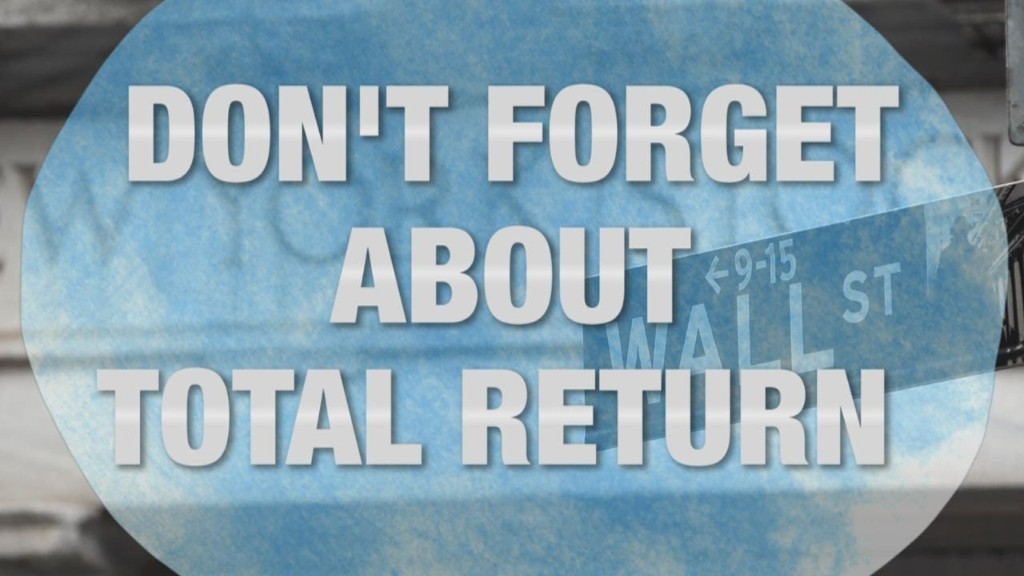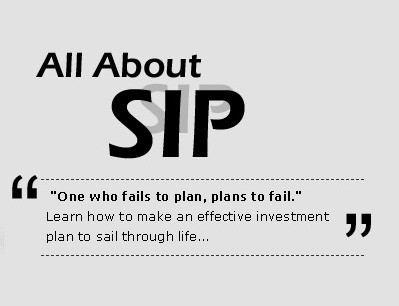Build Your Own Mutual Fund
Post on: 2 Июнь, 2015 No Comment

Everybody loves getting in on a secret. It doesn’t matter what it’s about, whether it’s the designer of the clothes some celebrity’s baby wore yesterday or the identity of the leaker in the Watergate scandal. While some secrets cost you only the price of a grocery-store tabloid, some people will try to collect quite a bit more.
Consider, for instance, how much you would pay to learn the secrets of successful investing. Many well-known financial gurus have written books that try to explain their winning recommendations; several of these books, such as Peter Lynch’s One Up on Wall Street. have become best-sellers. Even now, many fund managers define their aspirations for success by seeking to become the next Peter Lynch .
It turns out, however, that the secret of how successful fund managers pick investments isn’t much of a secret at all. You don’t have to buy a book or a magazine to find it. In fact, it doesn’t take a lot of effort to find out all sorts of things about how the best fund managers are investing.
The worst-kept secrets of successful fund managers
Sounds like a good book title, doesn’t it? In truth, fund managers aren’t allowed to keep their investment choices secret for long, because mutual funds are required to fully disclose their holdings. The Investment Company Act of 1940, which governs mutual funds, requires funds to disclose several types of information to fund shareholders at least twice a year, including financial statements of income and capital flows, fees charged by management, and lists of securities held. The SEC has considered requiring more frequent disclosure, and many funds voluntarily release information on a more frequent basis.
This means that if you identify a fund manager whose style you like, and whose results have been good, you can look at what investments have contributed the most to the manager’s success. There are a few different ways of doing so.
Analyzing fund holdings
Some mutual fund managers choose to take large positions in a relatively small number of individual stocks. If the fund performs well, it’s usually because those large positions do well. So by looking at the largest holdings in a particular fund, you often identify individual stocks that have performed well. For instance, in looking at the excellent performance of the Dodge & Cox Stock Fund. the top 10 holdings constitute almost 30% of the entire fund. Focusing on top holdings like Hewlett-Packard ( NYSE: HPQ ). Comcast ( Nasdaq: CMCSA ). and FedEx ( NYSE: FDX ). you can see that each has performed well over the past year, which most likely contributed to the fund’s overall performance.
Not all of a fund’s top holdings have to be winners for the fund to perform well. For instance, a look at T. Rowe Price Health Sciences Fund shows that investments in Genentech ( NYSE: DNA ). Amgen ( Nasdaq: AMGN ). and UnitedHealth Group ( NYSE: UNH ) put the brakes on fund performance during 2006. Sometimes, the best-performing choices won’t even be in the top 10.
If you’re willing to do a little more research, you can compare previous quarters’ holdings with their current counterparts to see what changes a fund manager is making. If a company drops off the holdings list, then you know that the manager has lost confidence in that company. Similarly, if a new company appears, or holdings in an existing company increase dramatically, then the manager believes that company will do well.
Building your own fund
By looking at the best investments of successful fund managers, you can create your own portfolio, including the best of the best. One excellent way to build a well-diversified portfolio is to choose two or three stocks from several different funds that invest in different types of companies. For instance, by picking a few companies each from a large-cap fund like Fidelity Blue Chip Value. a small-cap fund like T. Rowe Price Small Cap Value. and an international fund like Vanguard Horizon Global Equity. you can quickly build a portfolio that includes companies across a wide spectrum of company sizes, regions, and industries.

Limitations of using fund data
Like other investment strategies, using fund holdings data doesn’t guarantee success. For one thing, many funds buy and sell stocks frequently, so a stock that appears on a list of holdings one day may be sold from the fund before you even find out about it. As a result, you may buy a stock at exactly the time the fund has sold it. For funds with high turnover ratios, it’s important to identify core holdings that the fund has owned for a long time. The strategy works best for funds that tend to buy stock and hold it over the long term.
Also, many funds own stock in a huge number of companies, so that even the top holdings don’t represent a large percentage of the portfolio. When such funds outperform their peers, it’s more likely a result of more subtle differences in allocating money among similar companies. For instance, a fund might have 4% of its assets in ExxonMobil ( NYSE: XOM ). while the S&P 500 index gives ExxonMobil only a 3% weighting. If ExxonMobil does well, then the fund will benefit from the larger position. You may not be able to see these subtle differences simply by looking at a fund’s list of holdings.
However, if you’re looking to understand how your favorite fund manager thinks, or if you’re looking for good companies to consider, looking at a fund’s list of holdings isn’t a bad place to start. Keep in mind that you can always just buy the fund and let the manager do the work for you.
For more information about how you can use mutual funds to improve your portfolio’s performance, take a look at the Motley Fool Champion Funds newsletter. The Fool’s fund expert, Shannon Zimmerman, provides picks, manager interviews, and model portfolios. Click here for more information.
T. Rowe Price Health Sciences Fund is a Champion Funds recommendation, while FedEx and UnitedHealth are Motley Fool Stock Advisor picks.
Fool contributor Dan Caplinger regularly cherry-picks both investments and cherries, but denies ever chopping down a cherry tree. He doesn’t own shares of any of the companies or funds mentioned in this article. The Fool’s disclosure policy cannot tell a lie.














